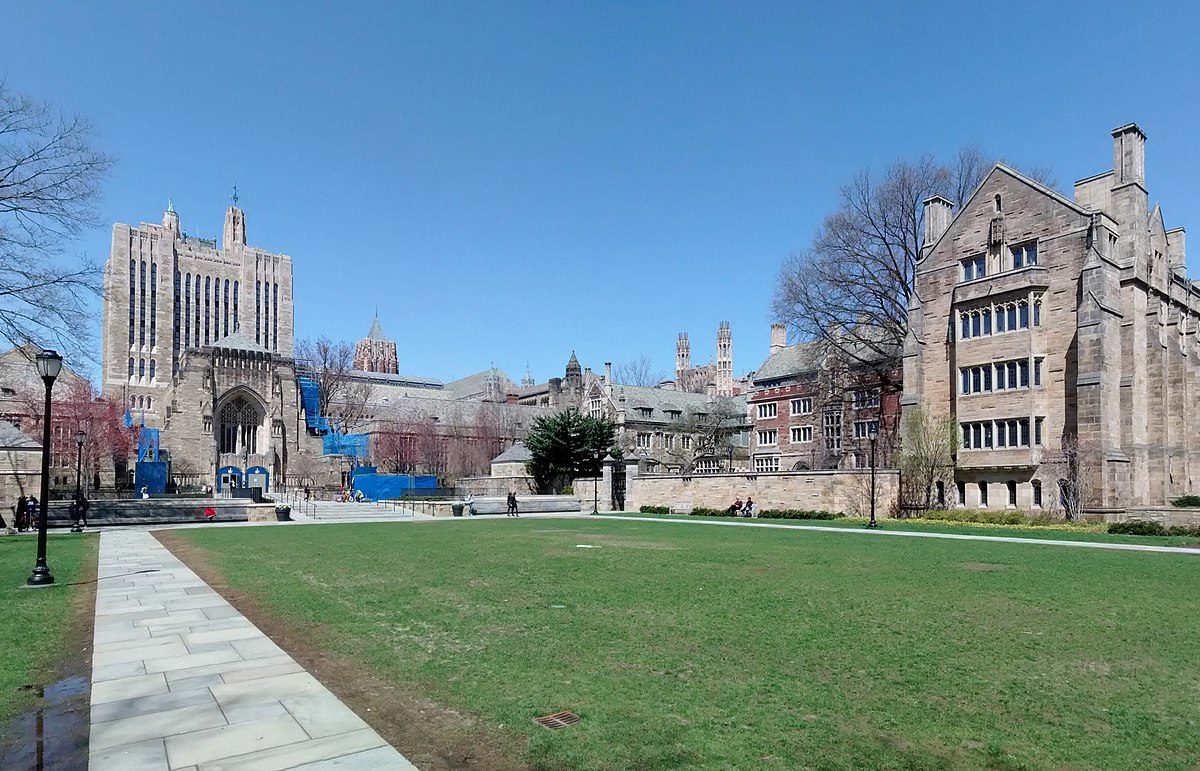These small creatures could prove to be important in advancing the design of solar technologies known as organic PV, potentially a lower cost option to the conventional PV technologies.
Researchers in a Yale University Laboratory led by Associate Professor of Chemical and Environmental Engineering applied these diatoms to organic solar cells, their results are published in the journal Organic Electronics.
“It's really amazing that these things exist in nature,” said Lyndsey McMillon-Brown, a Ph.D. student in Taylor's lab, and lead author of the study. “They help trap and scatter light for the algae to photosynthesize, so we're able to use something directly from nature and put it in a solar cell.”
One challenge of designing these devices, though, is that they require very thin active layers, 100 to 300 nanometers, which limits their efficiency in converting light to electricity. The diatoms help because they have been optimized for light absorption through billions of years of adaptive evolution. They are the most common type of phytoplankton found in nature, are cheap and abundant in nature.
Collaborators from NASA, Princeton University and Lincoln University who led the project dispersed diatoms throughout the active layer of a solar cell, which ended up reducing the amount of material needed for the active layer to be efficient.
“We were able to see what the right concentration was and how much of this material we needed to put into our solar cells to get enhancement,” McMillon-Brown said. “It's really beneficial because the active layer materials we use are both expensive and very rare.”
McMillon-Brown and Taylor said even more can be achieved with a few more minor adjustments. “We can use different species of diatoms and tailor it to the right size, and we can also use some of the better donor-acceptor polymers for a higher performance,” Taylor said. McMillon-Brown said the diatoms seemed like a natural fit for her research as soon as she learned about them.
“My work is on biomimicry, so I'm always looking at existing patterns and structures in nature,” she said. “We're always on the hunt for new patterns in nature because we believe that nature solves all our engineering problems – we just have to find the solutions.”
This content is protected by copyright and may not be reused. If you want to cooperate with us and would like to reuse some of our content, please contact: editors@pv-magazine.com.



2 comments
By submitting this form you agree to pv magazine using your data for the purposes of publishing your comment.
Your personal data will only be disclosed or otherwise transmitted to third parties for the purposes of spam filtering or if this is necessary for technical maintenance of the website. Any other transfer to third parties will not take place unless this is justified on the basis of applicable data protection regulations or if pv magazine is legally obliged to do so.
You may revoke this consent at any time with effect for the future, in which case your personal data will be deleted immediately. Otherwise, your data will be deleted if pv magazine has processed your request or the purpose of data storage is fulfilled.
Further information on data privacy can be found in our Data Protection Policy.